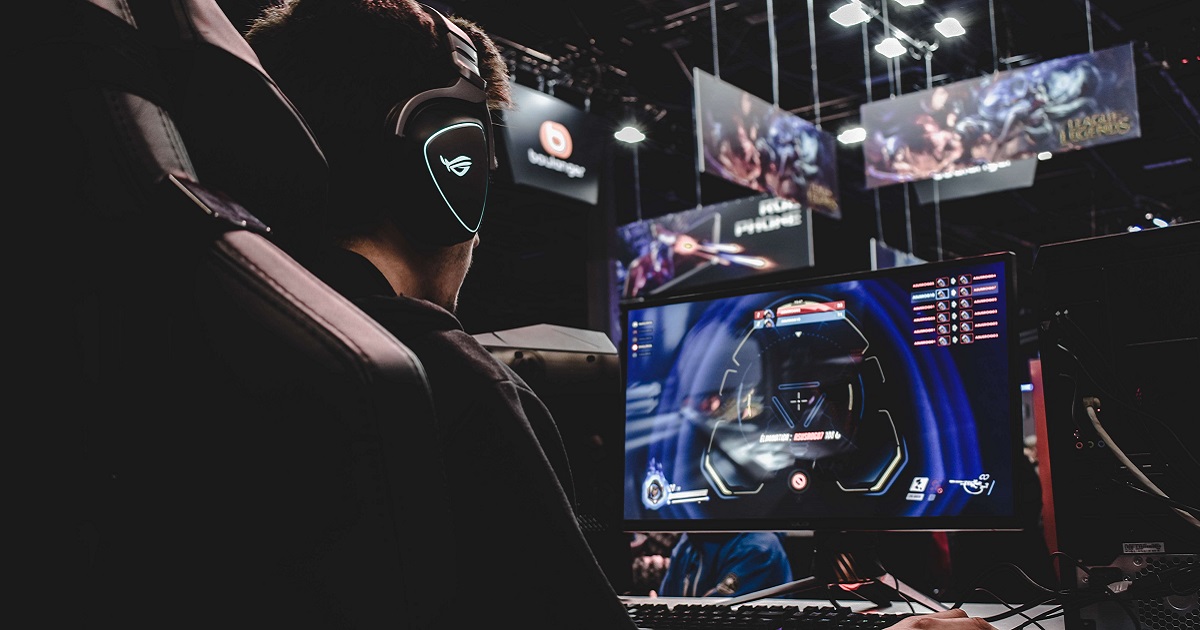Gaming for the Future
The textbook definition for games is ‘an activity that one engages in for amusement or fun’. Young game developers are refuting this very idea in the intention and application of the games they develop which have far more loftier aspirations than just amusement.
Worcester Polytechnic Institute (WPI) in conjunction with FIRST, the world’s leading youth-serving non-profit advancing STEM education, hosted a game jam taking FIRST’s robotics education and competition expertise into a new direction: video game design. Teams had to collaborate remotely, online over a few weeks in order to submit their ideas by mid-November 2020.
The theme for the game jam was Co-opertition given that the teams need to create games with aspects of both cooperation and competition. How well that theme comes across would make or break their chances for many awards.
‘The FIRST Game Jam offers a unique opportunity to demonstrate how technical art and creative design play an integral role in real-world science, technology, and engineering projects,’ said Jean King, Peterson Family Dean of Arts and Sciences at WPI. Traditional roles on robotics teams, such as builder and driver, are reimagined, allowing the whole team to engage with each other and their project through a collaborative, virtual platform’.
Just under 250 individual entrants from the United States, Canada, Turkey, Poland and the United Kingdom across 55 teams entered, and 31 of those teams were able to submit a completed game in the timeframe given. 193 of the entrants were between the ages of 13 and 18.
‘Only 29 of these individuals had ever competed in a game jam previously,’ explains Colleen Shaver, director of the Robotics Resource Center at WPI. ‘50 of the participants had never been involved in or associated with the FIRST program prior to the game jam, although the majority of the participants were current or former team members and volunteers.
According to Colleen, many of the games implemented unique ways of competition and collaboration. ‘Some games were multiplayer, where actions of one directly affected and were necessary for the other to proceed. Others implemented artificial intelligence, which might have been trying to work against the player, but play the game right, and the AI can work for you. Still others set challenges where you could solely look out for yourself, but you were more likely to succeed by thinking more broadly within the context of the game,’ she adds.
The New Generation of Game Developers
The gaming industry has evolved with gaming visionaries plotting and planning for an exciting future. ‘Play and games are all around us,’ says Jennifer deWinter, director of the Interactive Media and Game Design programme at WPI.
‘They scale ourselves to the world, giving us rules and procedures to engage with one another and different activities. And they are engaging, wrapping us up in fun, in flow, in enjoyment, and in connection. This is a long way to elaborate on the fact that games and play are everywhere. They help us imagine other ways to be, other ways to have interactions with others and imagine objects as significant,’ says Jennifer. ‘As a designer and design teacher, I always say that the act of designing a game is to turn experiences into systems – the experience of fear, or family warmth, of comradery. The act of play turns those systems back into experiences. A good design is one where I encode an experience and my players, through the act of play, unfold that experience through their actions and choices. This is powerful as it places game design fully into human expressivity’.
Jennifer explains that developers are asked to think about these experiences, about a sympathetic understanding of their players. ‘The player is asked to transport his or herself into a state demanded by the game. Done well, these are transformative in the same way that any cultural medium is transformative. It asks us to step out of ourselves and connect with new ways of being in the world. The difference between games and novels or movies, for example, is the act of choice. I choose actions in a game, and those choices are meaningful as the world unfolds around my personal choices,’ she says.
The Winning Game
The winning game is called Initiative One which was developed by a team from Massachusetts in the United States.
The team offers an illustration of the game: ‘With your home planet torn to shreds from your kind’s own actions, you, a team of noble researchers, have set off in search of a new home. Through your initial research from an orbital station, you have concluded that this is a promising candidate. Now, you must travel down through the atmosphere and collect data yourselves, to prove the planet’s habitability and save your kind from its demise. Play with up to three of your friends in a competition to see who can do the most research while flying around an alien plant. Watch out though, game ending events will pop up threatening the mission for everyone. Better work together or none of you will make it through.’
The team, led by Nathan Bargman, note, ‘At a high level our game’s theme shows science at its most appealing and advanced. Who doesn’t want to be exploring an alien planet doing research and science? At a lower level, this game is the culmination of a bunch of engineering and artistic minds. We are super proud of our work.’ Jennifer observes, ‘From our perspective as academics who study the gaming industry and teach college students game theory and development, video games can actually create strong social connections and inspire the prospect of tackling important social issues.’
The judges concurred that Initiative One did just that, saying that the game is well-balanced, showing effective use of art and sound, combined with a thought-out implementation of the theme and game mechanics. It has conceptual relevance, is fun and engaging to play, and has opportunities for improvement and expansion on the concept in several directions.
Mission and Vision of the Game Jam
With learning institutions switching to online classes, robotics teams aren’t able to meet in person to collectively design and build robots. In addition to engaging students in a fun competition, the FIRST Game Jam aimed to keep together teams that may be remote and attract new students with diverse skill sets.
Dean O’Donnell, WPI’s Interactive Media and Game Design programme teaching professor, says that the challenge had three main goals. ‘We wanted to retain the goals and values of FIRST during the pandemic when we had gone to virtual meetings and activities. We wanted FIRST teams to continue coming together online to create things and solve problems,’ says Dean.
‘We also wanted to attract a rich and diverse group of students and trainers who may not have participated in FIRST in the past. The Game Jam needed different skills than the usual FIRST Robotics competition, so we viewed this as an opportunity to bring in new voices, new ideas, and new points of view,’ Dean continues.
Last Words
‘I love that we were asked to team up with FIRST robotics because we can ask stereotypical questions about robots as well – that they are displacing workplaces, that they are part of a dystopian present or future, that they are subservient to human beings. In asking for roboticists to design games around the core principles of FIRST robotics, we are moving the emphasis from the material demands of a competition to the human impact and experience of those themes. Through this, we can tell speculative stories, share personal experiences, and explore the human-centred ethics of our values and actions,’ Jennifer concludes.
Register to join WYN’s thinkTALK virtual session, Game On: Tapping into Gaming and Esports Businesses, on 27 July 2021.
Follow us on Facebook, Instagram and Twitter for updates on WIEF initiatives and articles.
Main photo by Florian Olivo on Unsplash.





